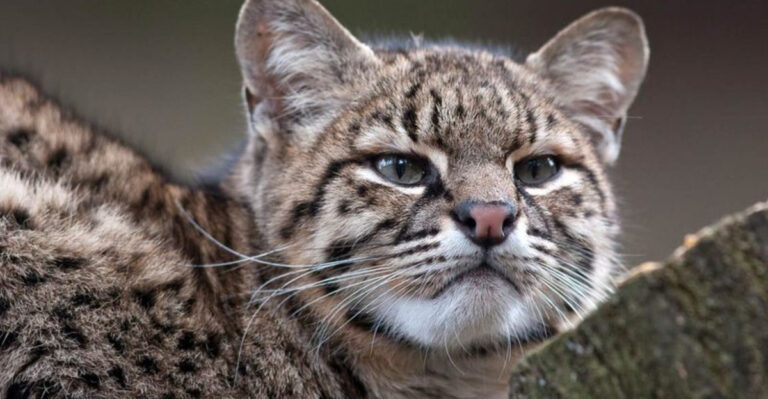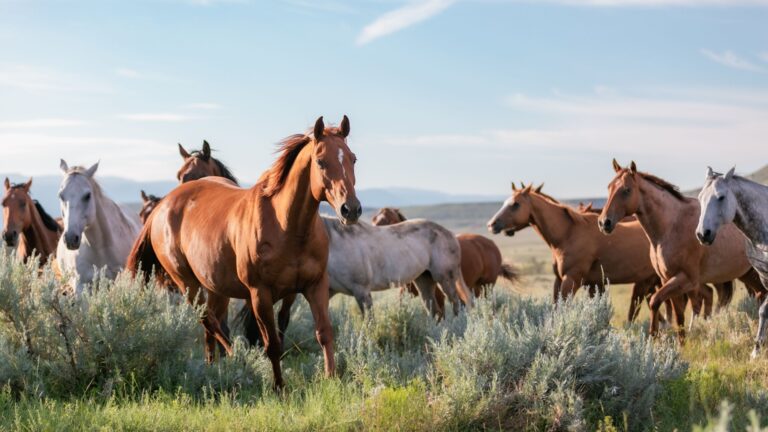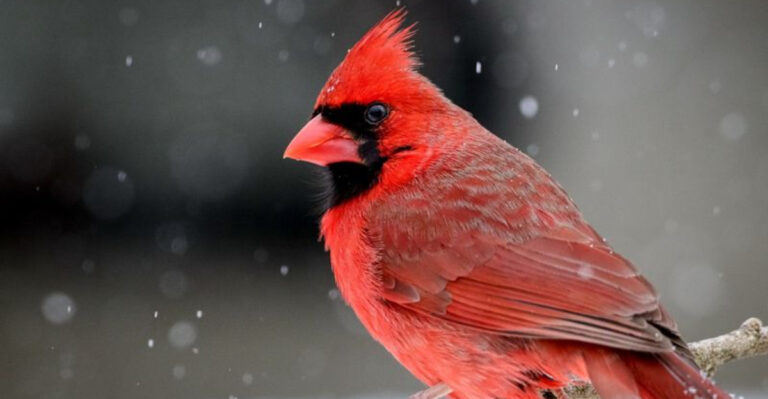Fossas Use 12 Sneaky Hunting Tactics To Stay Madagascar’s Most Elusive Predator
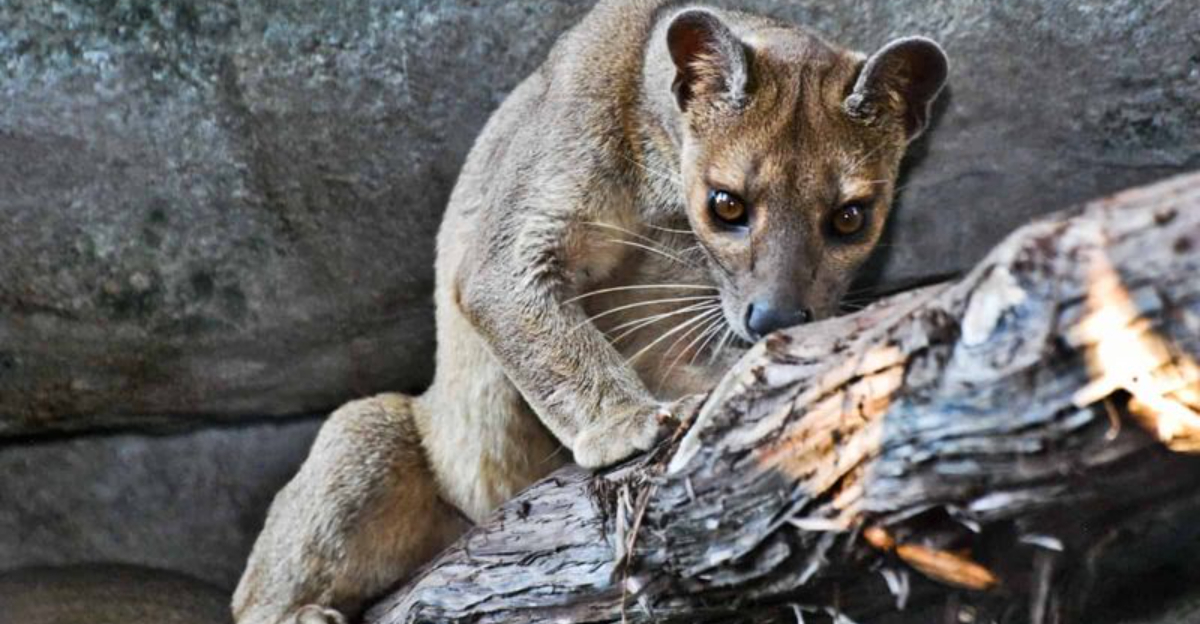
Deep in Madagascar’s forests lurks a mysterious predator that few ever glimpse – the fossa. These cat-like carnivores, related to mongooses, have mastered the art of stealth hunting over thousands of years.
Their remarkable hunting prowess makes them the island’s apex predator, striking fear into lemurs and other prey animals across their domain.
1. Stealthy Movements
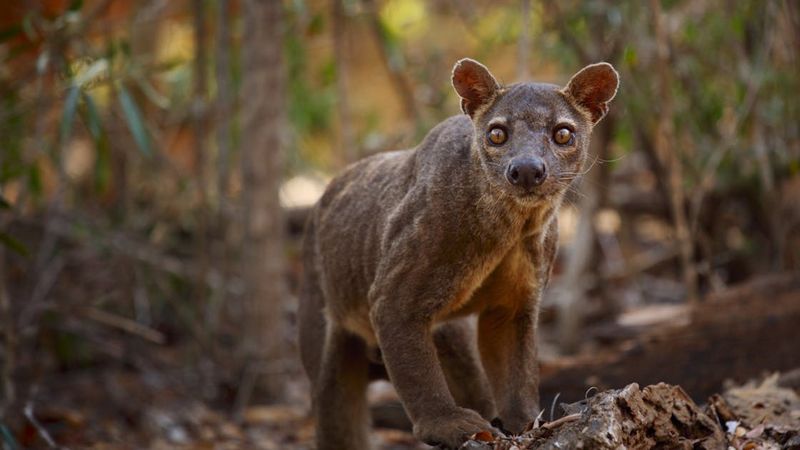
Fossas glide through Madagascar’s forests like shadows, placing each paw with deliberate precision. Their fluid movements create almost no sound as they stalk their prey.
Years of evolution have perfected this silent approach, allowing them to get within striking distance without alerting even the most vigilant lemurs.
2. Climbing Skills
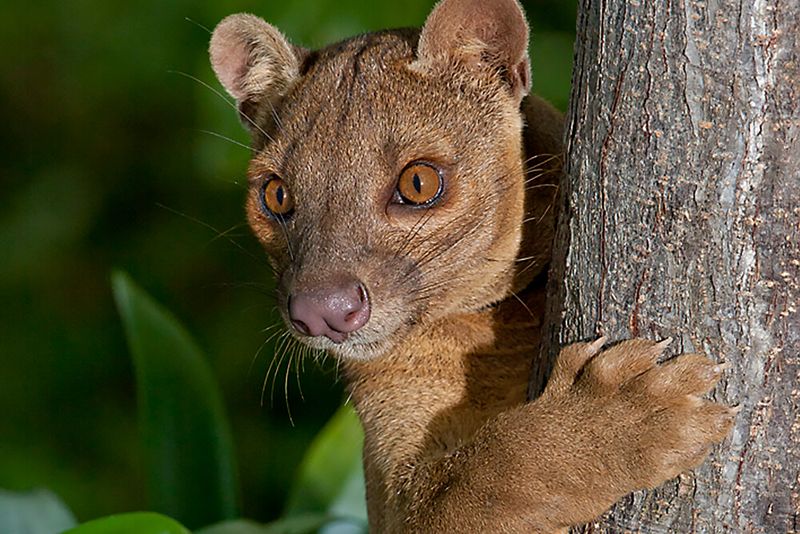
With retractable claws and flexible ankles, fossas navigate treetops as easily as forest floors. Their remarkable ability to rotate their ankles 180 degrees lets them descend trees headfirst!
This versatility means prey can’t escape by climbing – fossas simply follow, making them truly three-dimensional hunters.
3. Keen Night Vision
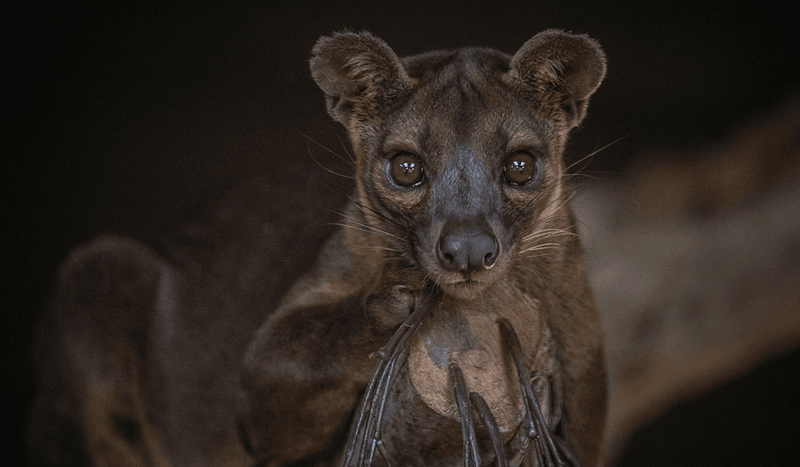
Moonlight becomes a spotlight for fossas thanks to their specialized eyes. A reflective layer behind their retinas doubles available light, revealing prey that thinks darkness offers protection.
Many lemurs, believing night brings safety, suddenly find themselves face-to-face with these nocturnal hunters.
4. Ambush Tactics
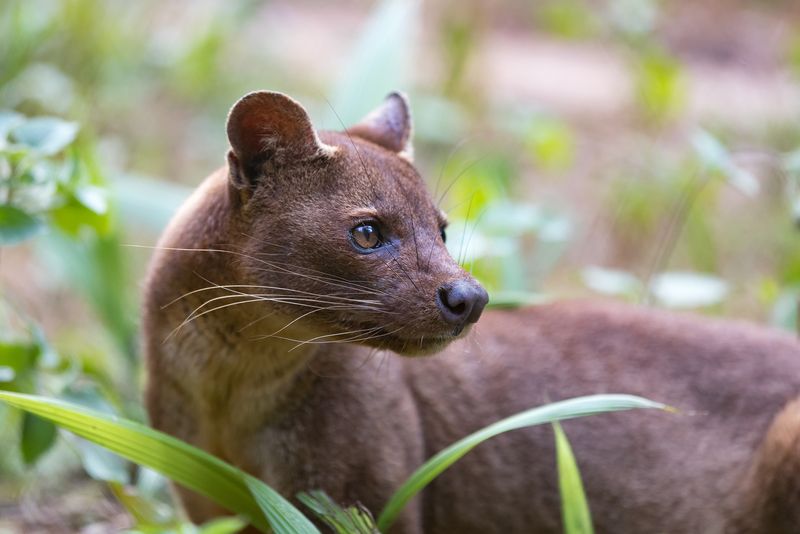
Motionless as statues, fossas blend perfectly with forest shadows. Their reddish-brown fur camouflages them against tree trunks and fallen leaves.
Hours might pass as they wait for the perfect moment. Then – explosive action! The fossa transforms from seemingly harmless log to deadly predator in a heartbeat.
5. Silent Pursuit
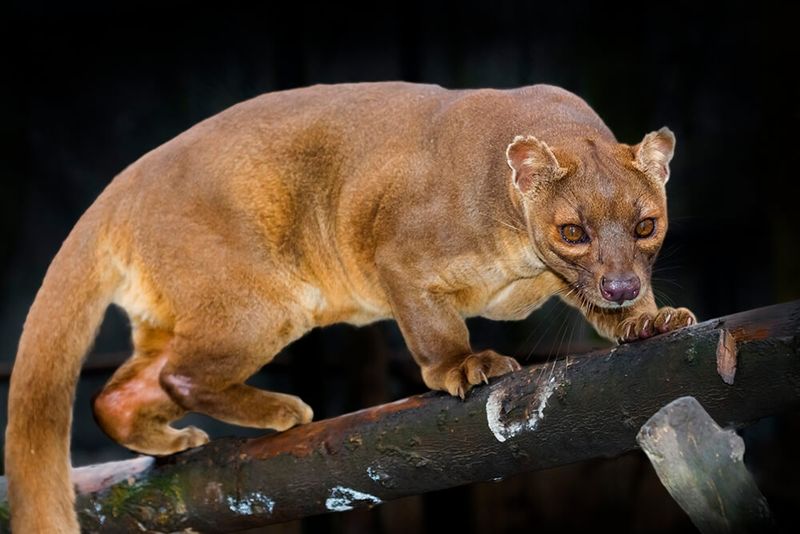
Unlike many predators that crash through undergrowth, fossas move with supernatural quietness. Their padded feet absorb sound while specialized muscles control every movement.
Even breathing becomes measured during hunts! This silence creates a psychological advantage – prey never knows the fossa is there until it’s too late.
6. Wide Range Of Prey
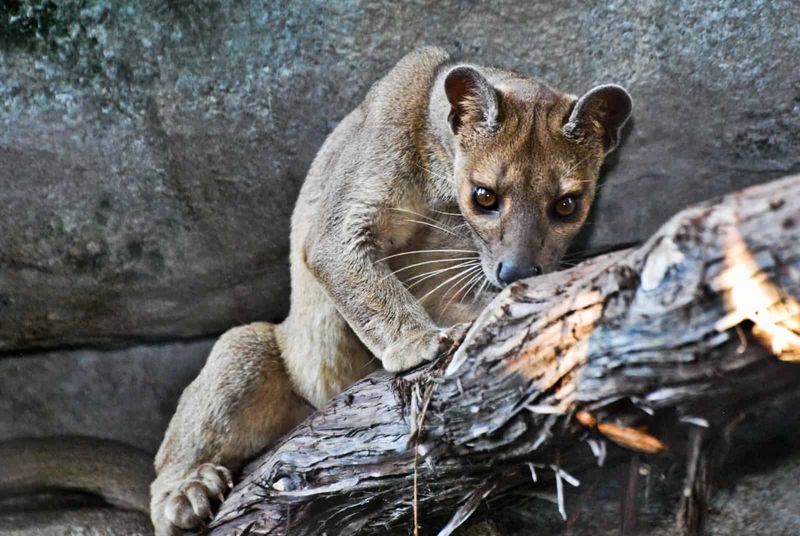
Fossas don’t limit their menu, happily hunting everything from ground-dwelling rodents to canopy-dwelling lemurs. This dietary flexibility means they’re never without options.
When lemurs become scarce, fossas simply switch targets. Birds, reptiles, even insects become fair game when hunger strikes, showcasing their adaptable hunting strategies.
7. Quick And Agile Attacks
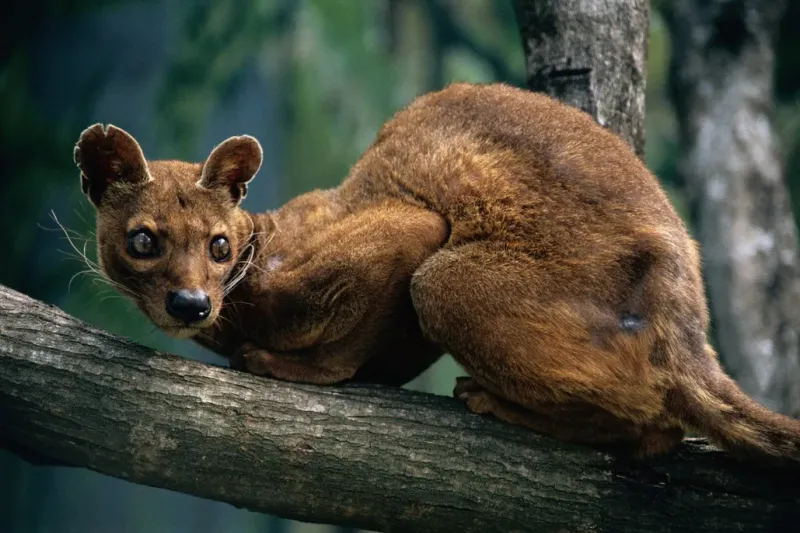
Lightning-fast reflexes define fossa hunting style. Their muscular hind legs launch them like furry missiles toward unsuspecting prey.
A lemur might spot danger and leap between branches, but fossas match this agility with their own aerial prowess. Mid-air captures demonstrate their incredible coordination and timing.
8. Cooperative Hunting
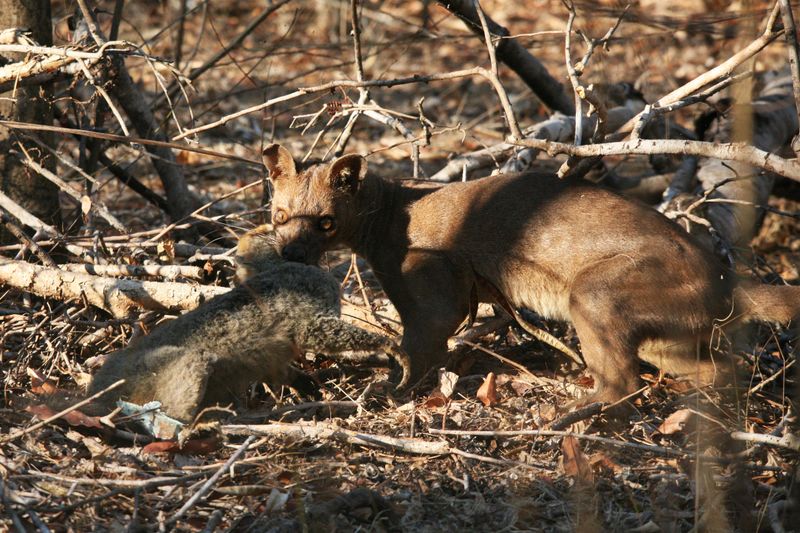
Typically solitary, fossas occasionally form temporary hunting alliances during mating season. These rare partnerships allow them to tackle larger prey or coordinate ambushes from multiple angles.
Male-female pairs might work together, with one fossa driving prey toward the waiting partner. Such teamwork showcases their intelligence and tactical flexibility.
9. Use Of Scent Trails
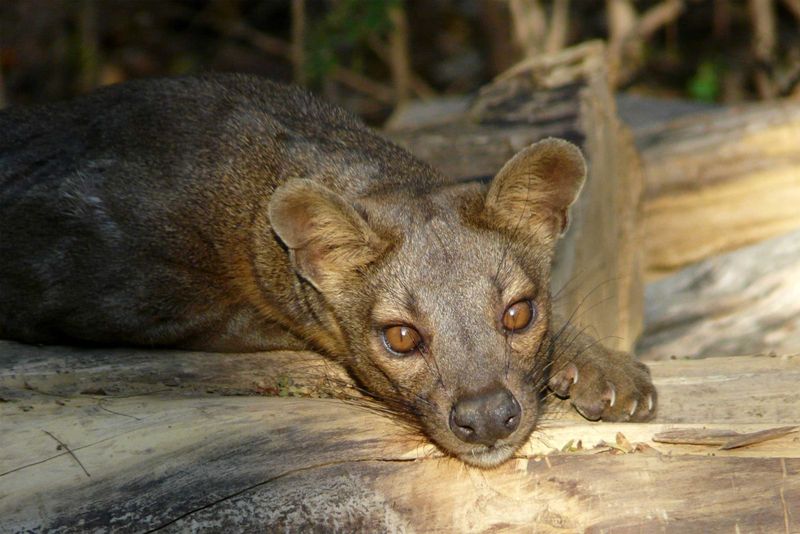
Fossas possess noses that can detect prey that passed hours earlier. Their scent-tracking ability guides them through complex forest environments even when visual cues disappear.
Following invisible trails, they reconstruct prey movements and predict future locations. This olfactory intelligence compensates for Madagascar’s dense vegetation where sight lines are limited.
10. Flexible Hunting Strategy

Master tacticians, fossas adjust their approach based on prey behavior and terrain. For ground-dwelling animals, they employ stalking techniques. For tree-dwellers, patient ambush becomes the method.
During rainy seasons, they might focus on animals sheltering from weather. This strategic flexibility keeps prey guessing and maintains the fossa’s hunting success.
11. Surprising Speed
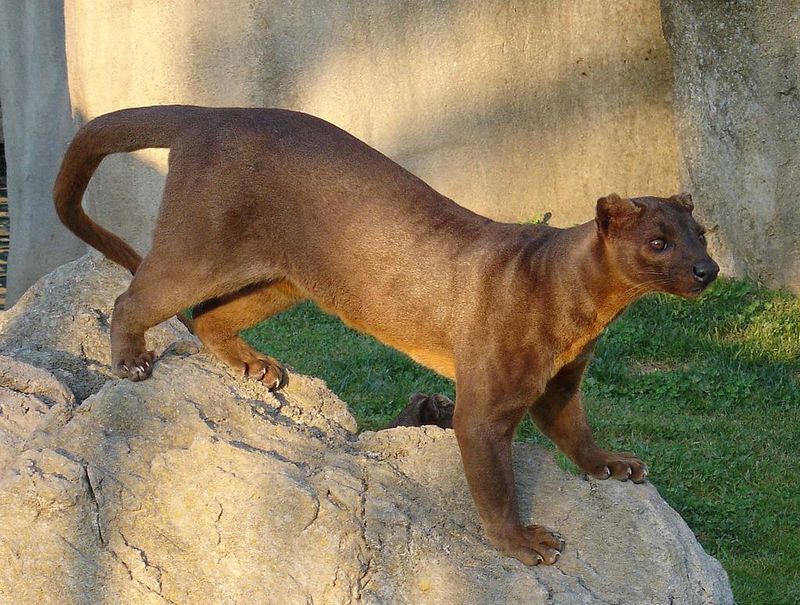
Fossas can accelerate from standstill to full sprint in seconds. Their powerful muscles generate explosive bursts reaching 35 mph through dense forest!
Prey animals hearing the sudden rush of approaching paws have precious little time to react. This sprint capacity is especially effective against animals that freeze rather than flee.
12. Sharp Claws And Teeth
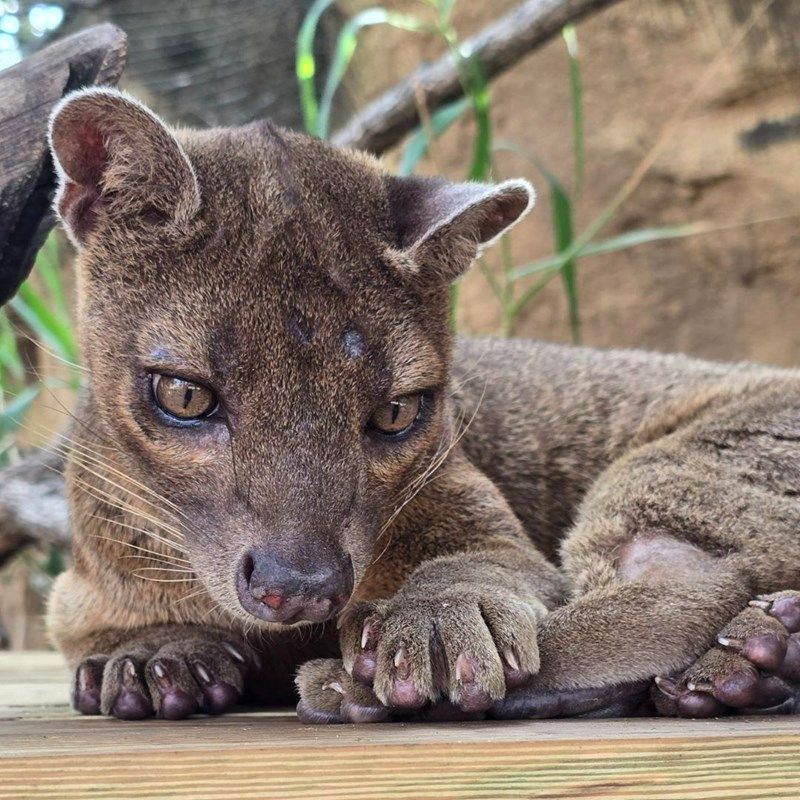
Semi-retractable claws serve dual purposes – gripping tree bark during climbs and securing struggling prey during captures. Their specialized dentition includes long canines perfect for delivering fatal bites.
Unlike some predators that slowly wear down prey, fossas aim for quick kills. Their tooth and claw design reflects this efficient hunting philosophy.

